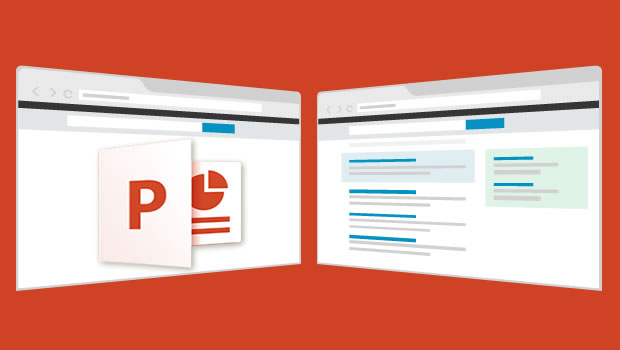While working on rapid authored courses (courses authored using rapid authoring tools), I often encounter the decision point of whether to use freeform rapid authoring tools or the traditional template-based tools. Both have their own pros and cons. In this post, I attempt to discuss more on these.
Last year, we mentioned that there is a time and place for rapid authoring while opting for it. Here, let me just put some characteristics of the two types of rapid authoring methodologies. To focus more on rapidly authored eLearning content, I am excluding the screen recording tools which are mainly used for software simulation type of courses.
First, let’s look at template-based tools. These tools present several type of templates, each designed for some specific behavior and onscreen layout. Udutu is one of such tool which uses templates for authoring. Authoring in such tools is typically achieved by filling up several forms associated with each template. As the behavior and layout is pre-programmed for each template, it doesn’t require programming or designing skills to develop the course content. However, instructional designers or the SMEs should be able to select the right template for the right kind of slide in the course content. Typically, the learning curve for most of such tools is not very steep. The fixed behavior of each template, in my opinion, supports the “rapid” property of the tool. But such tools may not be suited for all types of eLearning courses as the fixed behavior templates may pose constraints on the instructional design and creativity. Such tools are mainly suited for the kind of courses which use patterns in the course outline and could include a number of simple interactivities. Typical just-in-time courses do possess such property.
Now, let’s check what freeform tools are for. These are like a blank canvas. A set of elements are provided which can be inserted and laid out on the blank canvas to create content for the course. These are typically WYSIWYG kind of tools. However using these tools involves not only a learning curve for the tool itself but certain designing and programming skills as well. But, the best part of such tools is they provide an opportunity to use one’s imagination (and understanding) to create very good and engaging eLearning content. Conversely, such tools might make your life difficult if your course mix requires many more interactivities than just passive learning. They do provide facility to include interactivities, but yes, being familiar with the workflow may in turn require some more skills.
While considering rapid authored eLearning, one should consider the balance between freeform and template-driven tools. Many template-driven tools provide facility to include custom developed content in the course mix. While developing courses using our internal rapid authoring framework, we often use a few custom complex interactivities – like small games – developed through Flash and integrate it in the course as external interactivity. This gives an extra dimension to the course, without affecting the scope and budget significantly.
However, if you are opting for freeform tools like Articulate, do consider to induce some kind of templatization in the workflow. Articulate community does provide some readymade PPT templates which you can use and save time on design and layout.
Do let me know your thoughts and experiences while working on the freeform and/or template-driven rapid authoring.


















